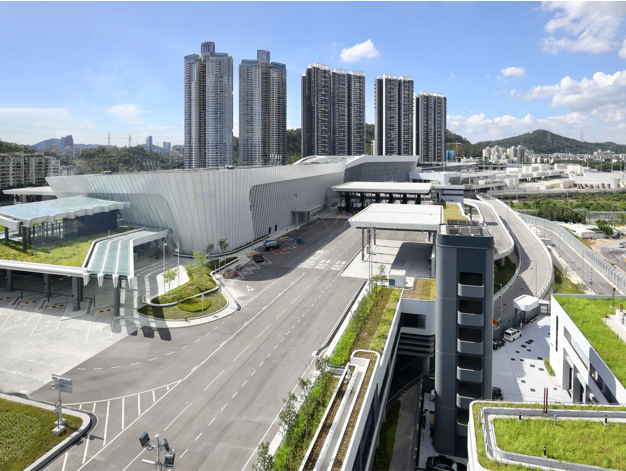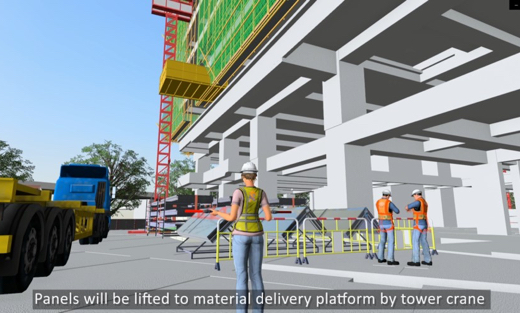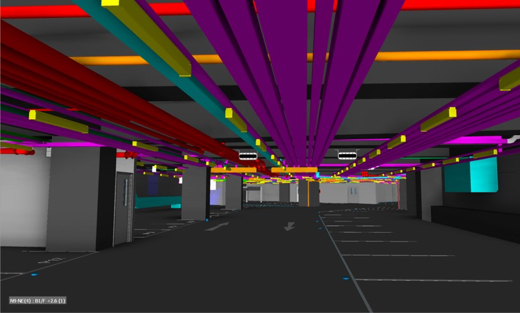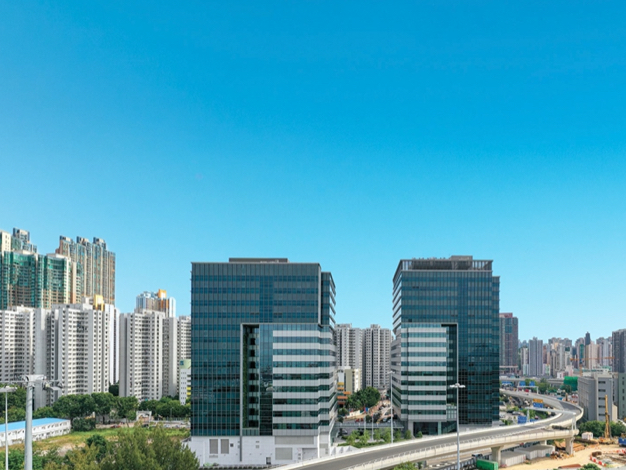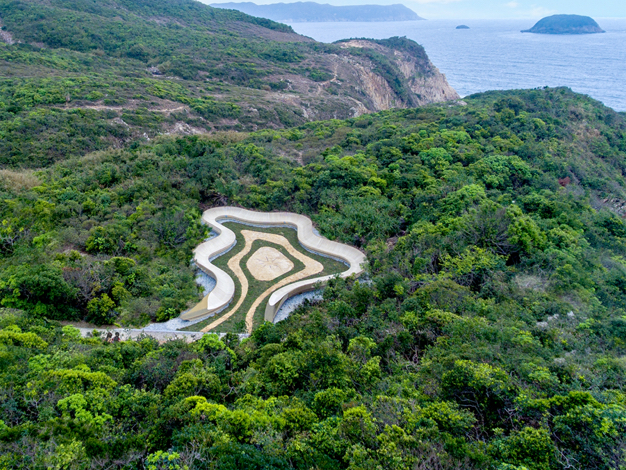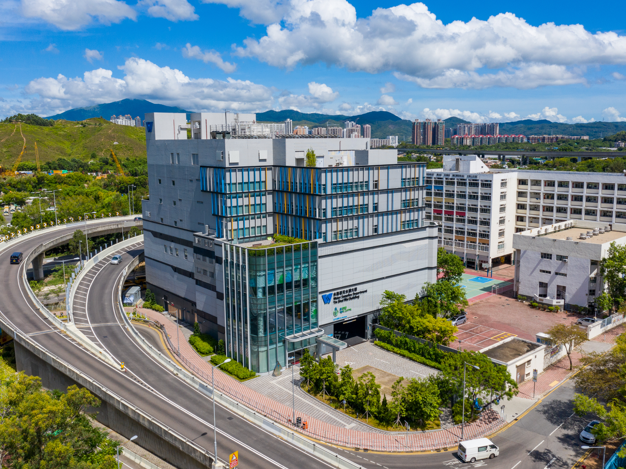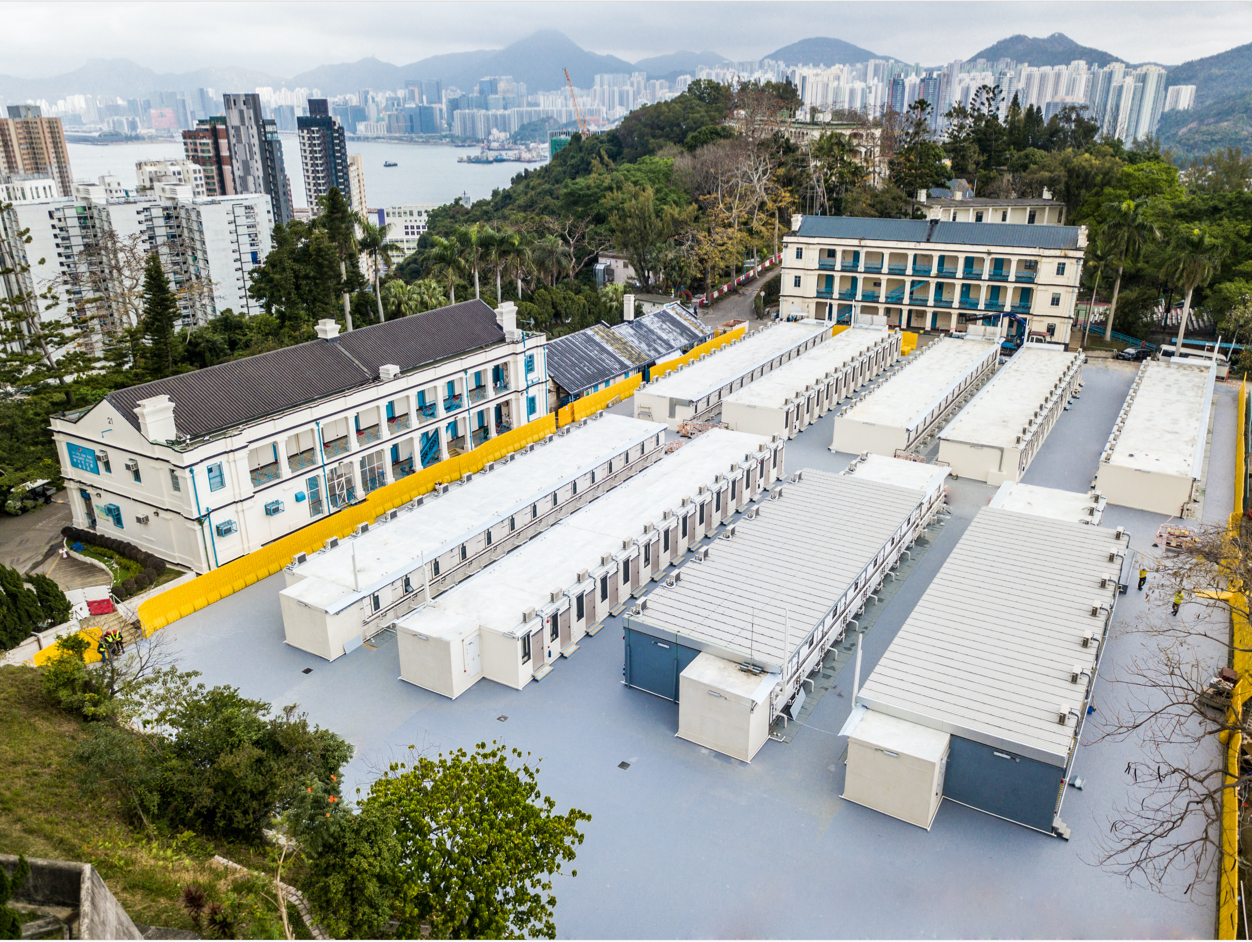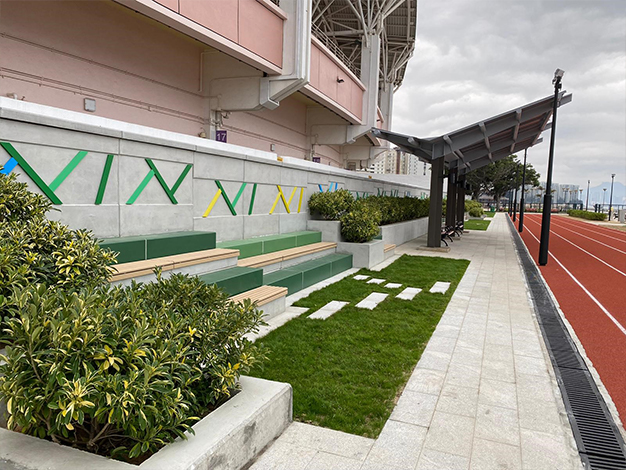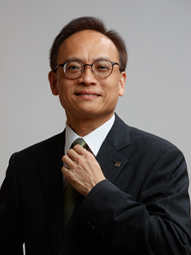Star Gazing Facilities at Sai Wan
The project involves the construction of a stargazing facility on an abandoned campsite located between Sai Wan and Ham Tin Wan in Sai Kung for the general public to enjoy a 360-degree stargazing experience.
Due to its remote location, MiC, an example of DfMA was adopted to allow for a more efficient construction and repair process. Components of the curved ring-form bench were prefabricated in off-site factories minimising site constraints and ensuring a higher degree of quality control. The project was completed quickly taking only three months to complete the main part of the works.
The reconstruction works did not involve tree felling and the benches were built with respect to the surrounding tree line, which also minimised ecological and visual impacts. The project showcases the incorporation of innovative construction and sustainable design in achieving a symbiosis of human, nature and architecture.










